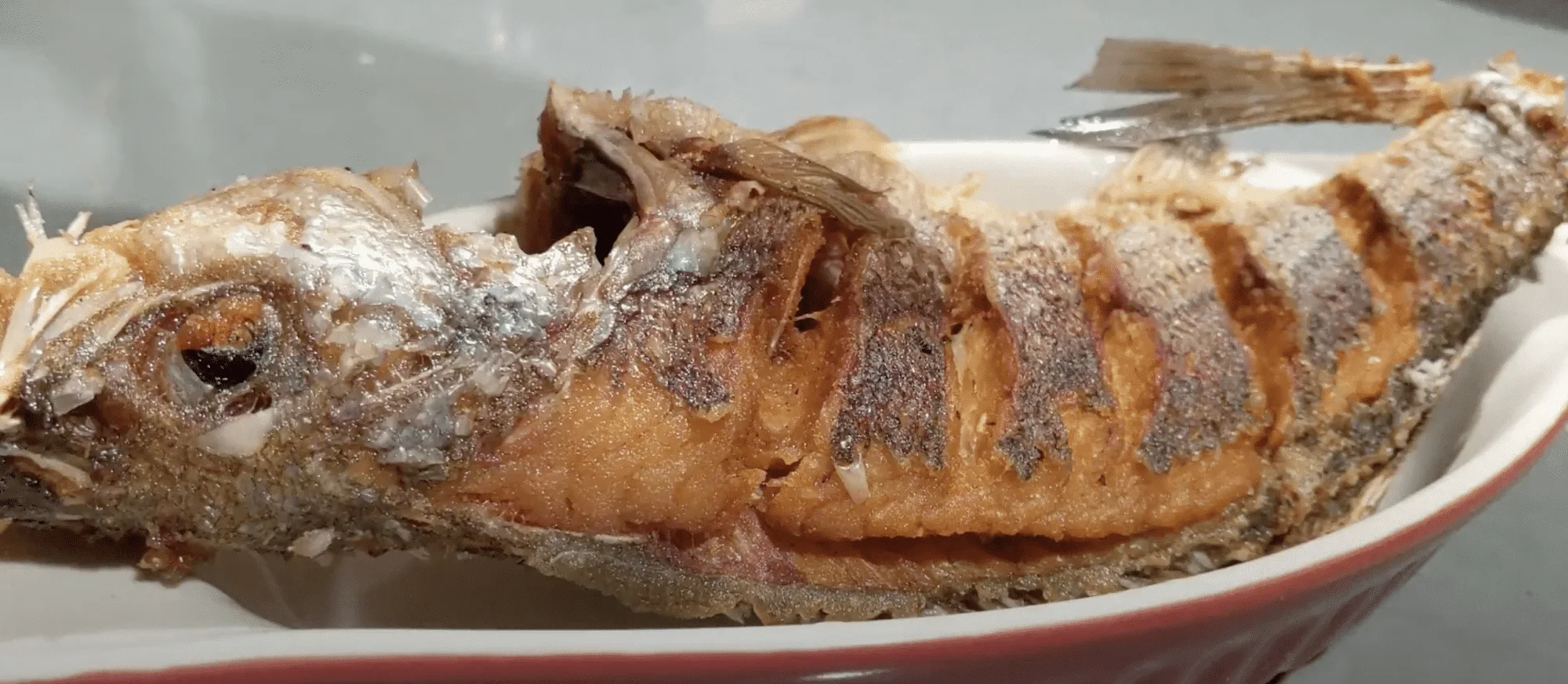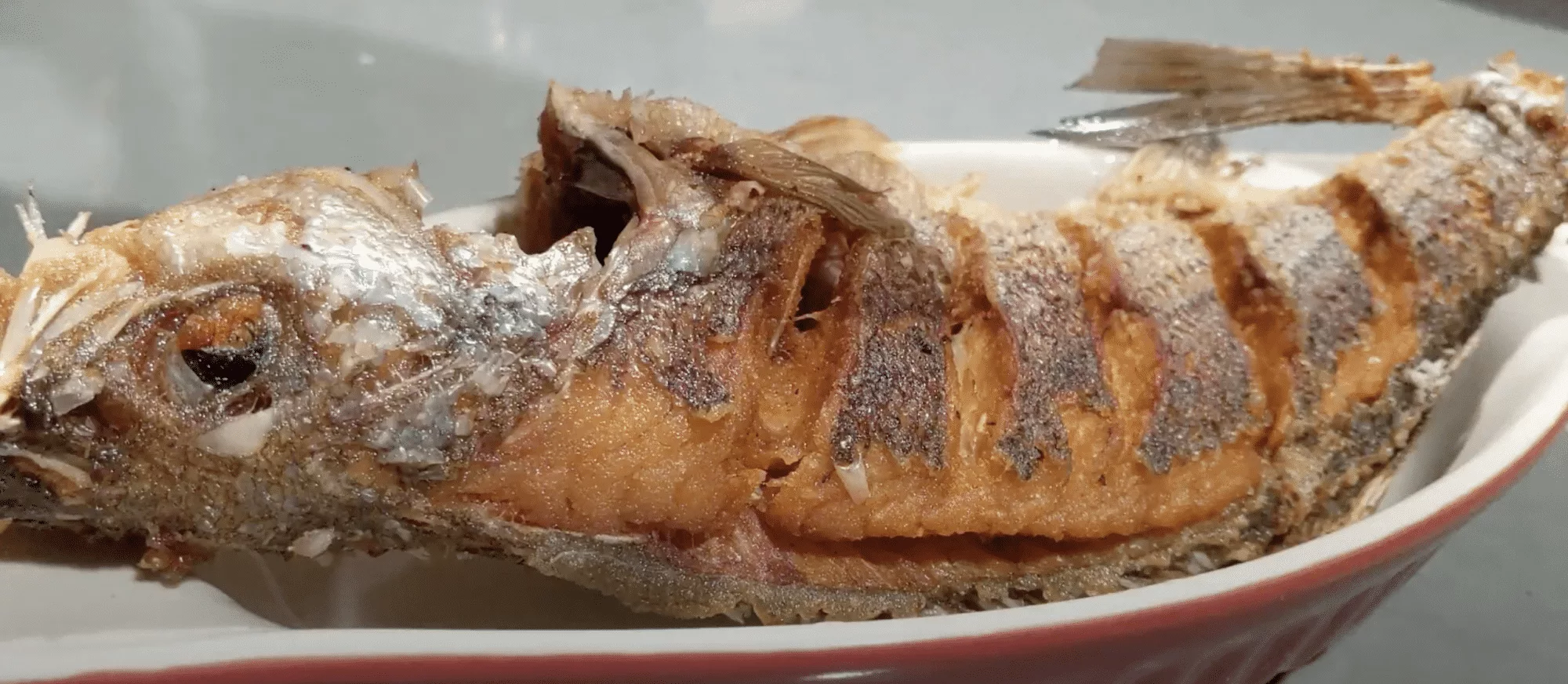
Introduction
Whole fried fish is a culinary delight enjoyed by food enthusiasts worldwide. With a rich history rooted in ancient times and diverse cultural influences, this delicious dish has evolved over the centuries into a staple for many cuisines. In this article, we’ll dive deep into the fascinating history of whole fried fish, tracing its origins and exploring the unique variations and techniques that have shaped this dish into a global favorite.
Ancient Origins
The practice of frying fish dates back to ancient civilizations, with evidence of fish consumption found in the archaeological remains of ancient Egypt, Mesopotamia, Greece, and Rome. While the methods and ingredients used by these cultures varied, the basic concept of frying fish in oil or fat remained consistent.
In ancient Egypt, for example, fish was a staple food source for both the rich and the poor. The Nile River provided a bountiful supply of fish, which were often fried in oil and seasoned with herbs and spices. Similar practices were observed in Mesopotamia, where fish was an essential part of the diet due to the region’s proximity to the Tigris and Euphrates rivers.
The ancient Greeks also enjoyed fried fish, which they typically prepared by coating the fish in a mixture of flour and water before frying it in olive oil. This technique, known as “tágēnon,” is considered one of the earliest forms of deep-frying.
The Romans, too, were fans of fried fish. In his cookbook “Apicius,” a collection of Roman recipes dating back to the 4th or 5th century AD, author Marcus Gavius Apicius detailed several methods for preparing fried fish, including whole fish fried in oil and served with a variety of sauces.
The Spread of Fried Fish Across Cultures
As trade routes expanded and different cultures began to interact with one another, the practice of frying fish spread across the globe. In China, for example, whole fried fish has been a popular dish since the Tang Dynasty (618-907 AD). Known as “suān yú” in Chinese cuisine, this dish is typically prepared using a whole fish, which is marinated, coated in cornstarch, and then deep-fried to create a crispy exterior and tender interior.
In Southeast Asia, whole fried fish has long been a staple of the region’s diverse culinary traditions. In countries like Indonesia, Malaysia, and Thailand, whole fish are often marinated in a blend of local spices and herbs before being fried to golden perfection.
In Latin America, whole fried fish is enjoyed in various forms. In the Caribbean, for instance, the dish is known as “pescado frito,” which involves marinating the fish in a mixture of lime juice, garlic, and spices before frying it in oil. In Brazil, “peixe frito” is a popular street food, typically served with rice and a side of spicy sauce.
The Influence of European Colonization
European colonization played a significant role in spreading the popularity of fried fish, particularly in the Americas. Spanish and Portuguese explorers and settlers introduced their methods of frying fish to the indigenous peoples they encountered, leading to the adoption and adaptation of this cooking technique in various local cuisines.
In North America, the British influence on American cuisine led to the development of several fried fish dishes, including the iconic fish and chips. While not typically prepared using whole fish, this dish reflects the enduring popularity of fried fish in Western cuisine.

Modern Variations and Techniques
Today, whole fried fish can be found in countless variations across the globe. Chefs and home cooks alike have developed unique techniques and flavor profiles that showcase the versatility and universal appeal of this dish.
In the Southern United States, whole fried fish is
often prepared using catfish or other local freshwater fish, seasoned with a blend of spices and served with traditional sides like coleslaw, hush puppies, and tartar sauce. This dish, known as Southern-fried fish, is a beloved comfort food in this region.
In the Mediterranean, whole fried fish is commonly prepared using smaller fish like sardines, anchovies, or smelt. The fish are lightly coated in flour and fried in olive oil, then served with a squeeze of lemon and a sprinkling of sea salt. This simple preparation allows the fresh, natural flavors of the fish to shine through.
In South Asia, particularly in countries like India and Pakistan, whole fried fish is often marinated in a flavorful blend of spices, including turmeric, cumin, and coriander, before being fried to crispy perfection. This dish, known as “machli fry” or “fish fry,” is typically accompanied by rice or flatbreads and a variety of chutneys and pickles.
In Japan, whole fried fish is sometimes prepared using a technique called “karaage,” in which the fish is marinated in a mixture of soy sauce, sake, ginger, and garlic before being coated in potato starch and deep-fried. This method results in a light, crispy crust that contrasts beautifully with the tender, flavorful fish inside.
One of the most visually striking preparations of whole fried fish can be found in Thai cuisine. Known as “pla pao,” this dish involves stuffing a whole fish with lemongrass and kaffir lime leaves before covering it in a thick layer of salt and grilling it over an open flame. The salt crust seals in the moisture and infuses the fish with the flavors of the aromatic herbs, resulting in an incredibly tender and flavorful dish.

The Art of Whole Fried Fish
Preparing a whole fried fish can be an art form in itself. From selecting the perfect fish to mastering the intricacies of various cooking techniques, there’s a certain level of skill and finesse required to create a truly exceptional dish.
One of the keys to preparing a delicious whole fried fish is using fresh, high-quality ingredients. A fresh, well-handled fish will have a firm texture, clear eyes, and a mild, clean aroma. When it comes to frying, using a high-quality oil with a high smoke point, like peanut or canola oil, will ensure that the fish cooks evenly without burning or becoming overly greasy.
Another essential aspect of whole fried fish is achieving the perfect balance of flavors. Whether you’re marinating the fish in a simple mixture of olive oil and lemon or using a more complex blend of spices and herbs, it’s crucial to season the fish well and allow the flavors to meld before cooking.
Finally, mastering the art of frying is crucial to the success of a whole fried fish dish. Depending on the recipe, this may involve shallow-frying, deep-frying, or even grilling. Regardless of the method, the key is to cook the fish evenly and to the appropriate internal temperature, ensuring that the exterior is crispy and golden while the interior remains tender and moist.
Conclusion
The history of whole fried fish is a testament to the enduring appeal of this delicious dish. From its ancient roots in the culinary traditions of Egypt, Mesopotamia, Greece, and Rome, to its modern-day incarnations in cuisines around the world, whole fried fish has proven to be a versatile, crowd-pleasing favorite.
Whether you’re enjoying a simple Mediterranean-style preparation with a squeeze of lemon and a sprinkling of sea salt, or savoring the complex flavors of a Thai-style grilled fish with a salt crust, there’s no denying the allure of whole fried fish. With its rich history and global influences, this dish truly represents the universal

